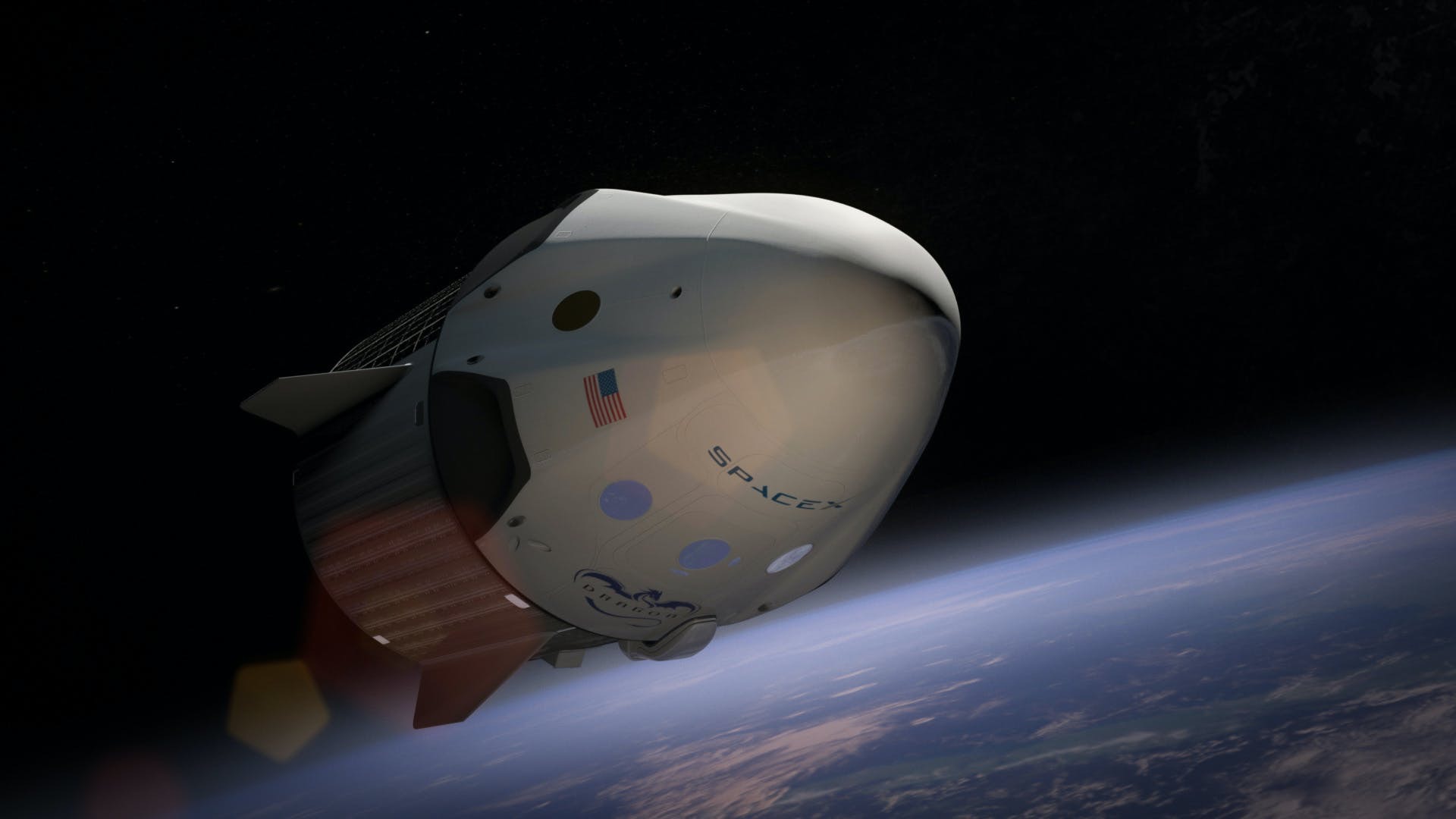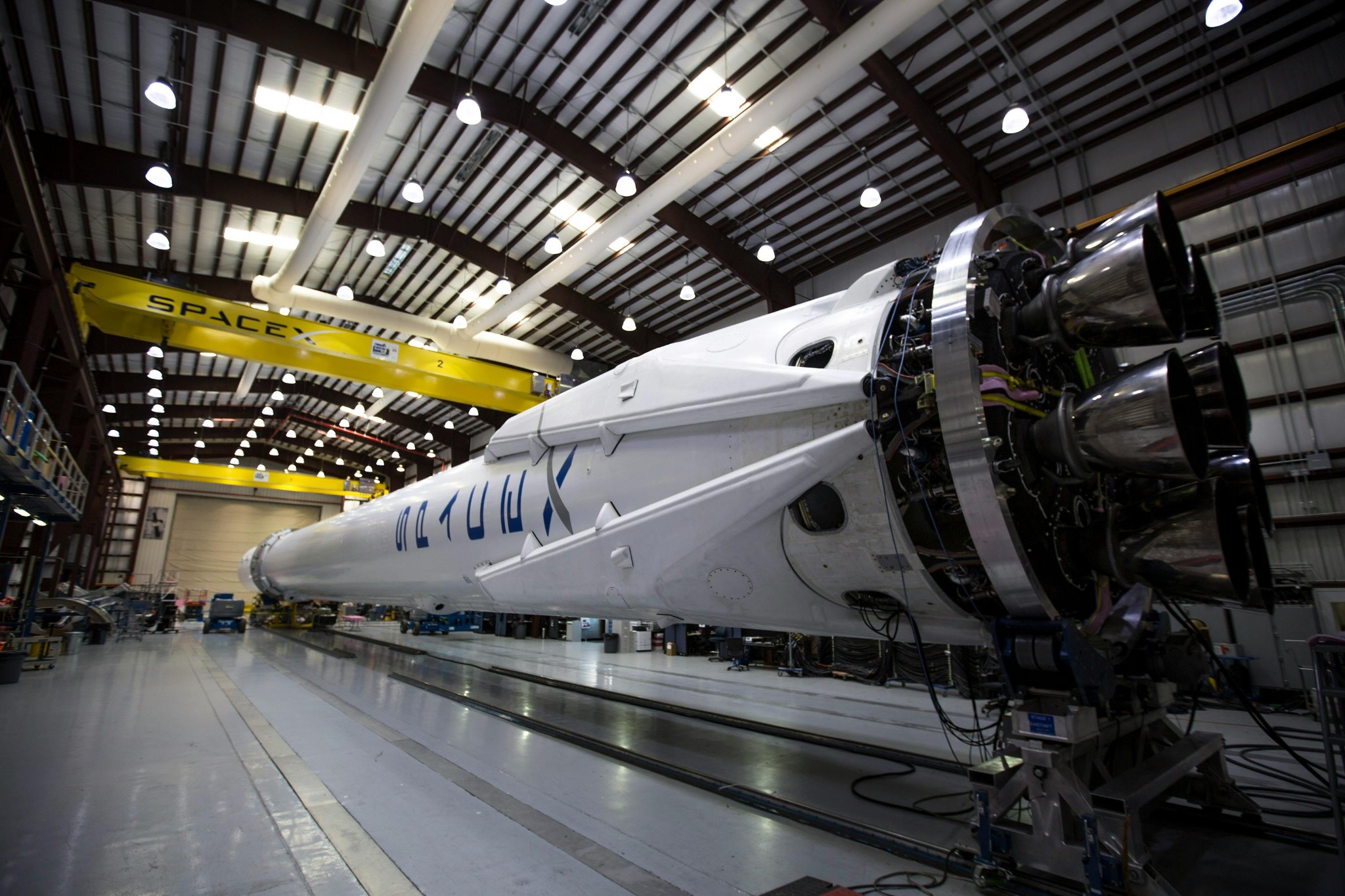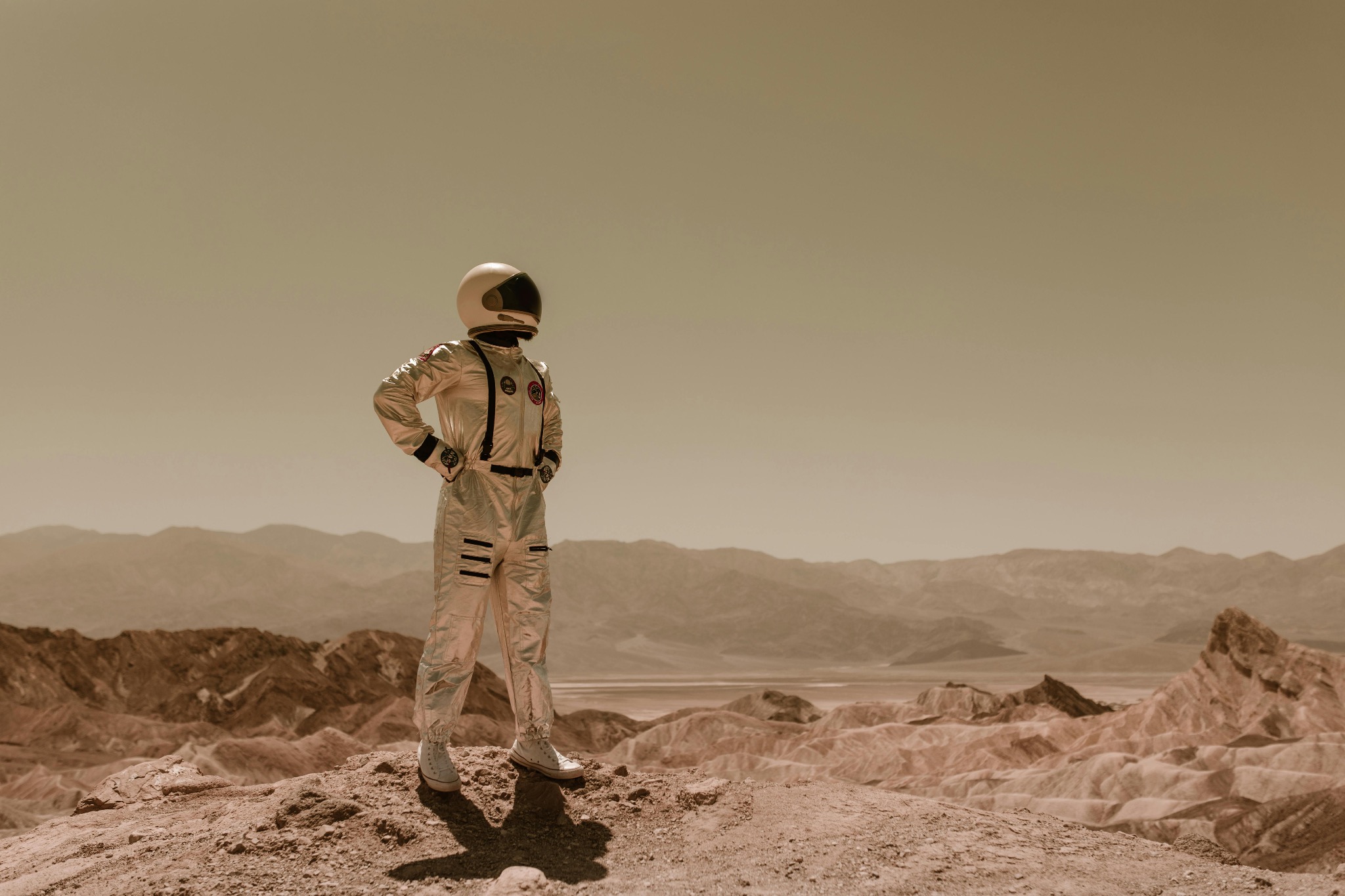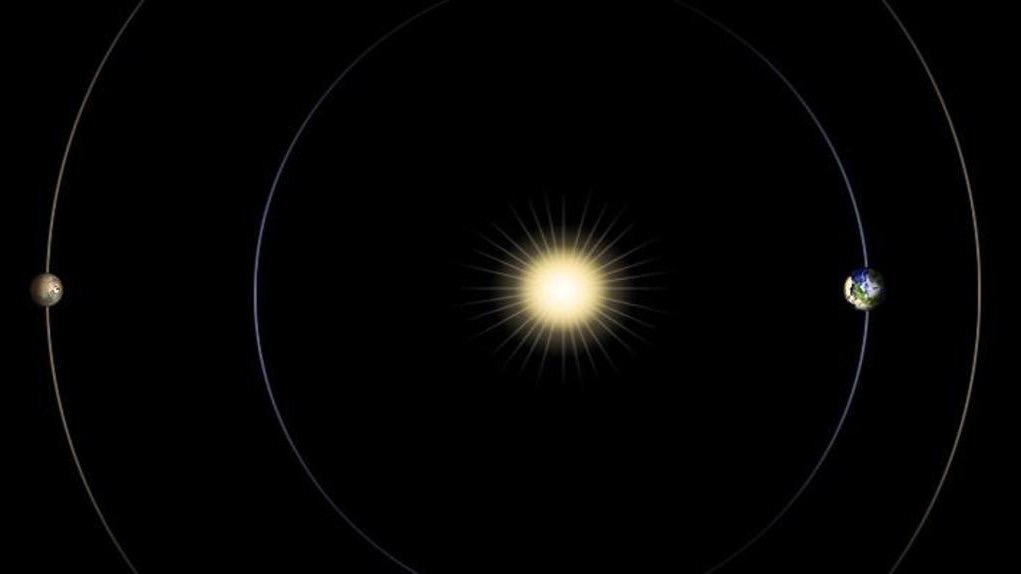Elon Musk's Starship: The Challenges and Dreams of a Human Mission to Mars
Damla Pesek

Mars, with its dusty red surface and enigmatic landscape, has fascinated astronomers for centuries. Within the expansive reaches of our solar system, the prospect of a human mission to Mars has long captivated the imagination of scientists, engineers, and dreamers alike. In a major step toward exploring other planets, SpaceX's Starship is making the idea of sending people to Mars more real than ever. This huge spacecraft is designed to be used multiple times, promising to make space travel more efficient and cheaper. But now, everyone is wondering: Is it really possible to send people to Mars?
SpaceX's Revolutionary Leap Towards Interplanetary Travel
At the heart of SpaceX's mission to Mars lies Starship, a fully reusable spacecraft designed to transport humans and cargo to destinations beyond Earth. Musk's vision of interplanetary travel has materialized in the form of a stainless-steel behemoth, capable of carrying a hundred passengers with unparalleled efficiency. The development of Starship marks a leap forward in space travel, utilizing cutting-edge technologies to reduce costs and make the journey to Mars economically viable.
The Starship spacecraft and Super Heavy rocket from SpaceX, collectively known as Starship, embody a completely reusable transportation system crafted for transporting both crew and cargo to Earth orbit, the Moon, Mars, and beyond. Starship is poised to become the most potent launch vehicle ever created, with the ability to transport up to 150 metric tonnes in a fully reusable mode and 250 metric tonnes in an expendable configuration.

"Metric tonnes" refers to a unit of mass commonly used in the field of space exploration to measure the payload capacity of the Starship spacecraft. Specifically, it indicates the amount of mass these vehicles can transport. The term "payload" includes satellites, scientific instruments, and any other cargo that a rocket carries into space. Knowing the mass of the payload is essential for calculating the required thrust and fuel for the launch. One metric tonne is equivalent to 1,000 kilograms.
"I think it’s sort of feasible within the next four years to do an uncrewed test landing there."
SpaceX unveiled a five-minute animated promotional video depicting its strategy for transporting humans to Mars with Elon Musk's Starship spacecraft. The animation illustrates a hypothetical scenario of a Starship spacecraft landing on Mars. The sequence begins with Starship ascending beyond the clouds and entering space, followed by the separation of the first stage of the rocket once the spacecraft reaches orbit. The rocket, equipped with 33 Raptor engines that can produce over 15 million pounds of lift-off thrust, subsequently executes a precise vertical landing back on Earth at the original launchpad.
The Harsh Realities of Mars: From Arrival Challenges to Space Survival
Getting to Mars is not easy. From the harsh conditions of space to the physiological effects of extended space travel on the human body, there are huge obstacles to overcome. On Mars, where it's tough with radiation and no signs of life, just getting there and landing is hard for people. Surviving on Mars is a huge challenge.
Moreover, time poses a significant challenge in missions to Mars. The primary challenge is the extended duration of space travel, as astronauts must endure the physical and psychological effects of long-term spaceflight. Spending months in confined spaces with limited resources poses challenges to mental well being, and the effects of microgravity on the human body, such as muscle atrophy and bone loss, become more pronounced with prolonged exposure. Scientists and engineers are working hard to figure out how to deal with the radiation and the low gravity on Mars. They're trying to find smart solutions to these problems.

Additionally, the timing of the journey is crucial, as the positions of Earth and Mars in their orbits significantly impact travel times. Launch windows occur approximately every 26 months when the two planets are aligned which is the most advantageous to launch a spacecraft from Earth to Mars. When Earth and Mars are properly aligned during these windows, the distance between the two planets is relatively shorter, requiring less energy to travel between them.
This alignment reduces the overall mission duration and the amount of fuel needed for the journey. Conversely, attempting to launch a spacecraft outside of these optimal windows can result in longer travel times, increased fuel consumption, and higher mission costs. The concept of launch windows is crucial for planning and executing interplanetary missions efficiently.

Efforts are ongoing to address these challenges, including the development of advanced life support systems, psychological support measures, and propulsion technologies that could shorten travel times. However, it is not clear that SpaceX's Mars mission a tangible reality or a fantastical notion confined to the pages of science fiction.
Post a comment